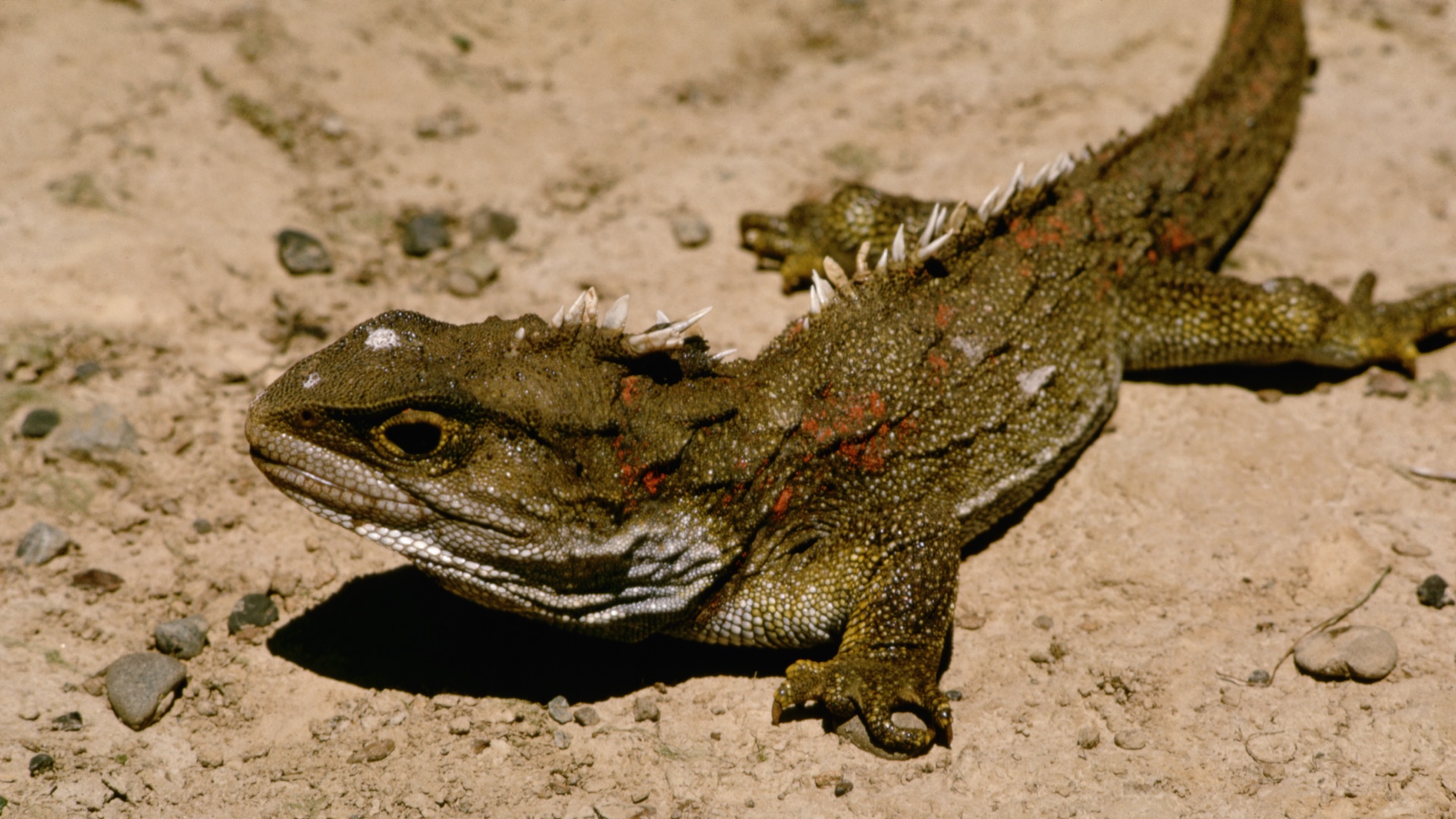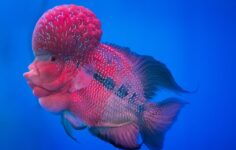Evolution occurs over millennia, but it can also happen in just a few generations. For example, Darwin’s finches in the Galapagos rapidly evolved specialized beaks as their food options changed, green anoles (Anolis carolinensis) evolved larger toe pads that enabled them to climb higher to escape predators, and peppered moths (Biston betularia) became darker colored as the Industrial Revolution polluted cities with black soot.
So which vertebrate animals are evolving the fastest? It’s a close call.
“I don’t know if any particular organisms are always evolving fast,” Michael Benton, a vertebrate paleontologist at the University of Bristol in the U.K., told Live Science.
There are two main perspectives, he said. “One would be that actually there is something innate, something fundamental in certain organisms that means that they are fast-evolving and that others are slow-evolving,” he said. The other is that every organism is capable of rapidly evolving, but that it’s contingent upon environmental change — the catalyst of evolution.
The medal for “fastest evolver” is therefore highly controversial. Some scientists have awarded that title to tuataras (Sphenodon punctatus), lizard-like animals found only in modern-day New Zealand. These reptiles are the only remaining survivors of the order Rhynchocephalia, which was more diverse during the Mesozoic era (251.9 million to 66 million years ago) than Squamata, the order of modern-day lizards and snakes, is today, Benton explained.
Related: Could evolution ever bring back the dinosaurs?
A 2008 study in the journal Trends in Genetics analyzed ancient and modern tuatara DNA and found that these so-called living fossils actually have the fastest-recorded rate of molecular evolution in a vertebrate animal. This means that although the species’ phenotype, or physical appearance, has changed little over millions of years, its DNA has been rapidly evolving. Similarly, scientists found that Adélie penguins (Pygoscelis adeliae) have genetically evolved two to seven times faster than earlier estimates, even though their physical appearance has changed little.
But not all scientists agree that this genome-level evolution makes tuataras the most rapidly evolving species.

“The fact is, it seems to have not evolved that much anatomically, because it’s perfectly happy doing what it’s doing and perfectly suited to New Zealand for as long as it’s been there,” Michael Lee, an evolutionary biologist at Flinders University and the South Australian Museum, told Live Science.
Instead, “the Lake Victoria cichlids have my vote for the fastest-evolving vertebrates alive today,” Lee said.
Lake Victoria is Africa’s biggest and youngest lake, spanning Uganda, Tanzania and Kenya. More than 500 species of cichlids (Cichlidae, a family of fish) have evolved there over the past 15,000 years — a relatively short time span for the process of adaptive radiation to occur. This is when one species rapidly diversifies into many different species.
“The species are not only splitting into new species, but they’re also changing in appearance to suit different niches in the environment,” Lee said.
Some feed on plankton higher in the water column, for example, while others sift through grub on the muddy lake floor. Their ability to occupy specific niches in the ecosystem partly explains how they’ve evolved into multiple species, Lee explained.
One reason for this, he said, could be their second pair of jaws. These pharyngeal jaws, which sit further back in the throat, give cichlids greater flexibility to eat different types of prey.
The second reason is that cichlids have selective mating and can reproduce quickly. By choosing to reproduce only with individuals that have similar traits, they can create distinct species after several generations. Then, when different species interbreed, they produce hybrids that can also have offspring.
“You can actually start evolving in a different direction very rapidly,” Lee said. “Instead of waiting for a mutation to come up with these solutions, you can just borrow them from a neighboring lineage.”
Related: What is the most genetically diverse species?
Cichlids may take the gold medal, then, but there are some runners-up for silver and bronze, too.
Guppies (Poecilia reticulata) are one candidate, James Stroud, an evolutionary biologist at Georgia Institute of Technology, told Live Science. A study showed that guppies in a predator-free tributary in Trinidad evolved at a rate of 3,700 to 45,000 darwins — a unit of measurement used to standardize evolutionary rates. This compares with 200,000 darwins for artificial selection in mice, and at most a single darwin for rates observed in the fossil record.
Meanwhile, urban species are also experiencing evolutionary change at an unusually fast pace. Lizards in Miami may be evolving higher tolerance to cold snaps, and some plants are flowering earlier in the season as a response to earlier snowmelt. As climate change alters temperatures, salinity levels, weather patterns and other aspects of the environment, Lee expects to see faster evolution.
“The world is changing more rapidly than at any other time,” Lee said. “The evolution that we see today is probably going to be more rapid than at any other time in history — both in terms of the extinctions that are happening and in terms of the novel evolutionary responses to human-induced environmental changes.”




